Key Takeaways
- To start building your own vape coils you will need a few specific materials and tools. These include resistance wire, precision wire cutters, ceramic-tip tweezers, wick material such as organic cotton, and scissors.
- Several different types of wire can be used for coil building, from common ones like Kanthal and Stainless Steel to the more specialized Nichrome and Titanium. Each wire type has different pros and cons to using it.
- Wire gauge is another key factor of coil building. There are lots of different wire gauges available, ranging from 1mm to 4mm or more. Wire is commonly classed as either micro (1-2mm) or macro (2mm and above).
- Understanding all of the elements of coil building is useful before you start. This includes not only the materials you’ll use, but also things like general vape battery safety and Ohm’s Law, or the law of resistance.
Building your own coil is a precise craft that any vaper can acknowledge. The craftsmanship required for a perfectly made coil is, at least, an intermediate-level job and it takes time and practice to achieve perfection.
Coil building gained popularity due to the fact that one; it costs less in the long run, and two; the customization options can totally change your vaping experience. It’s a satisfying hobby which brings you the power to completely control how your vape will taste and feel. So let’s delve into the world of coil building with this in depth coil building guide for beginners.
Before building your own coils always make sure that you have a firm understanding of both Ohm’s Law and proper battery safety.
What You Will Need To Build Your First Coil
Before starting to build coils, it is necessary that you should be equipped with all of the necessary tools and hardware required for the job. A basic building kit contains everything you need, and every coil builder should have one in their vape cabinet.
Below is a complete list of tools that are required:
- Resistance wire: Kanthal, stainless steel, nickel, nichrome, titanium
- Flush cutters: High precision wire cutters for a close, neat cut
- Ceramic-Tipped Tweezers: Needed for removing hotspots and other miscellaneous tasks
- Short metal rod: Preferably a small screwdriver thin enough for correct coiling
- Organic cotton: Or any similar wicking material
- Scissors: For cutting the wicking cotton
Below are some optional accessories that may aid your coil building experience:
- Ohmmeter: Or any device that reads the resistance value
- Coil jig: To make it easier to wrap your coil
- Backup vape device: You wouldn’t want to miss out on vaping while building, would you?
Types of Wires
There are five common types of wire material that are used for coil building. Among these five, only stainless steel wire can be used for both wattage control vaping and temperature control mode vaping – a one of a kind feat.
However, every wire will deliver a special vaping experience in terms of flavor, cloud quality, ramp-up time (rate of heating up) and user-friendliness. Let us get into the detail of each of the five:
Kanthal
Suitable only for wattage mode vaping, kanthal wire is made from a ferritic iron-aluminum alloy. Due to the presence of aluminum this wire roll is immune to oxidation and rust. Kanthal cannot be used for temperature control mode. The ease with which you can handle and manipulate kanthal makes it a perfect pick for new coil builders. It is soft enough to be molded effortlessly, but rigid enough to hold the coil-like shape. For these reasons, kanthal is the most commonly purchased wire among all wire types.
Pros
- Made for a variable wattage range
- Can be used in mechanical mods
- Easy to handle and wrap
- Holds the shape it is formed into
- Commonly available on the market
- Cost-effective
Cons
- Cannot be used in TC vaping mode
Nichrome
Properties and traits of nichrome material are very similar to that of kanthal, except with a lower resistance value and a quicker ramp-up time. It is also easy to mold but is sturdy enough to keep its shape. However, the low melting temperature of nichrome may cause some undesirable situations – like melting if dry burned. You don’t want your tank to be stuck with melted metal! (To avoid this, it is advisable to gradually increase the wattage while vaping). For this reason, nichrome may not be the best choice for beginners.
Pros
- Quicker ramp-up time (means a shorter waiting time between firing your vape and inhaling the vapor)
- Moderately easy to handle
- Holds the shape it is formed into
Cons
- Presence of nickel may be toxic
- Low melting point
- Not commonly available on the market
Stainless Steel
Stainless steel is made by combining chromium, nickel, and carbon. This alloy comes in different grades of purity, with varying percentages of the different metals. The most commonly used grade for stainless steel based vape wire is 316-grade SS, which is also used in the medical, pharmaceutical and food industries.
Pros
- Compatible with both modes of vaping (TC and WC)
- Quicker ramp-up time when compared with kanthal
- Easy to use and handle
- Holds the shape it is formed into
Cons
- Presence of nickel may be toxic
- Sometimes difficult to find on the market
Nickel
Nickel vape wires is made from pure nickel and is known as Ni200. This type of wire is famous for its use in temperature control mode vaping. However, there are some downsides to the use of nickel wire. Firstly, its more-than-desired softness makes it difficult for the coil to retain its shape. Secondly, its fragility can cause deformation in the coils shape from even the slightest touch, hence ruining your building experience. Lastly, nickel will release carcinogenic content at high temperatures which may harm the human body. It is to be noted that while both stainless steel and nichrome wire also contain nickel, the lower presence of nickel makes them a safer option.
Pros
- Compatible with TC mode vaping
- Easily available on the market
Cons
- Difficult to handle as the wire does not retain its shape
- May be hazardous to human health due to the presence of pure nickel
Titanium
While using titanium wire for coil building, some safety concerns should be kept in mind. At high temperatures, the wire material can react with oxygen to yield titanium dioxide – a toxic substance not suitable for humans. It is also a flammable material and the flame is hard to extinguish. Basically, titanium wires are linked with too many potential hazards, therefore it is best to avoid it until you’re more experienced with vaping. Plus, there are so many better alternate options!
Pros
- Compatible with TC mode of vaping
- Easy to use
- Holds the shape it is formed into
Cons
- May be hazardous to the human body
- Risk of fire
- Not commonly available on the market
What You Need To Know Before You Get Started
Before diving into the world of coil building and experimenting, there are some prerequisites that are necessary for a smooth and safe result. Firstly, a solid know-how on battery safety will save you from accidents. Secondly, coil builders should always have their tools on-hand. Lastly, you should have at least a basic knowledge about Ohm’s law.
It is of utmost importance that safety be your first priority. If you are using a mechanical mod, a slight miscalculation can lead to you getting hurt. It is advisable for beginners to use a single micro coil with resistance around 0.50Ω, and decrease this value only when they have sufficient experience with coil building. For this reason, always keep an ohm meter with you. Also, be careful when naked-firing your coil.
The number of times you wrap your coil will affect the value of its resistance. There are online tools like Steam Engine that help you to calculate the resistance of your setup by inputting your gauge of wire, coil diameter, and number of wraps.
Besides this, you should have a basic understanding of the power limits of your mod and batteries. Coil resistance should be selected in accordance with the power limits of your battery for safe performance.
What Gauge of Wire Should You Use?
Aside from deciding which type of wire you should use, it is also crucial to find the right gauge of wire to use. The gauge of the wire is a value for the diameter of the wire itself. Briefly, the greater the numerical value of the gauge of wire, the thinner the wire and the higher the resistance. The opposite is also true. What this means is that the end resistance of a coil will be higher on a coil with five wraps of 26 gauge wire than on a coil with five wraps of 24 gauge wire.
Inner Coil Diameter
To make things simple, decide whether to build a micro or a macro coil. The discovery and use of micro and macro coils date back to the early days of vaping. The only difference between a macro and micro coil is the size of the inner diameter, that’s it!
Micro – inner diameter of usually 1-2mm
Macro – inner diameter above 2mm
Bonus Tip
If you are experimental and curious, you try out a “clapton” coil build. It basically involves twisting two separate wire strands around each other with the help of a drill, or simply by hand. To get the final coil, wrap the completed clapton wire around a screwdriver, just like you would wrap a single strand wire for a regular coil, and voila! You have a clapton coil build.
This technique increases the surface area of the coil without affecting the resistance much, for beefier vaporization.
How To Wrap And Build Your Coil
Cut a Length of Wire
Let us get into the practicality of coil building, and what steps you have to take to make the perfect coil. Before starting, always use wire cutters to get a clean piece of vaping wire (approximately 3-4 inches in length) for your coil building. Kanthal wire is a prominent suggestion for beginners.
Wrapping Your Coil
Using a Screwdriver: According to many vapers, this is the second most fun part about coil building (with first being the vaping itself, of course!). Simply hold your screwdriver in one hand and start wrapping your piece of wire around it with the other. Keep the tension strong so that the turns are tight and firm (for efficient conductivity), and avoid overlapping the wire. Continue until you have the correct amount of loops for your desired resistance (use steam-engine to calculate this), while making sure both ends of the wire are aligned in the same direction (like legs).
Using a Coil Jig: A coil jig is a tool which helps you to prepare your coil. To use this tool, first detach the cap of the jig. Next, thread a few inches of the wire through the hole in the top, so that it propagates through the bigger hole on the side.
Then, wrap half a turn of the wire around the steel rod, and attach the piece for your desired diameter onto the coil jig, which is about 30 mm in length. After this, simply start turning the wire until your desired loops are completed. Before finalizing, pinch the new assembly firmly together and here you go – your coil is ready!
How to Install Your Coil
Start with detaching your tanks build deck, then hold the screwdriver/jig (with the coiled wire still on) above the build deck. Insert one leg of the wire in the negative slot, and the other in the positive slot. Keep the wire as straight as possible, and make sure that the coil is in the middle of the deck. Lastly, pull the screwdriver/jig away so that it is separated from the coiled wire, and secure your screws for your coil.
Testing For Short Circuits
You will need your ohm reader here. Before using your new coil build, it is advisable to check the resistance value of the coil to assure safety and prevent short circuits. If your ohm reader shows a short, check the contacts of the tank and coil. If the problems persist, try reseating your coils.
Test Firing and Eliminating Hot Spots
After determining the resistance of your coil, you should take the device for a test run. Combine your tank with the mod and power your coil until it starts glowing red with heat (ONLY KANTHAL / SS WIRE SHOULD BE DRY BURNED). At this point, use your tweezers to pinch the red-hot coil to remove hot spots (non-glowing areas on the wire) and other inconsistencies. Continue until you have a uniformly glowing coil.
Wicking Your Coil
Once your coil is cooled off, after removing hot spots, it’s time to add your absorbing wick. It is recommended to use organic cotton. Firstly, cut off a sufficient piece of the cotton with scissors then thread it into the coil, while making sure to leave half an inch of length on both sides of the coil. These ends should be long enough for proper fitting in the tank, but be careful as excessive wick could cause blockage in the smoke passageway.
Final Testing
You are almost there! Before starting to vape away, make sure to perform some preliminary checks. Firstly, reassure the resistance of the coil and troubleshoot if required. Also, check that all connections and screws that you detached while building your coil are back where they’re supposed to be. Once all systems are good to go, it is time to reap your reward!
Conclusion
Building a coil is nothing less than an artistry. It requires practice and skills before you can be a pro builder and customize your vaping experience to a distinguishable level. However, while learning coil building, one should be patient as perfection comes with time and experience.
Coil building has become a prominent feature in the world of vaping. After reading this guide, you can start with your coil building experience. With time, you might be the best coil builder out the there! Hope you enjoyed our coil building guide for beginners. Until next time, Stay Versed!
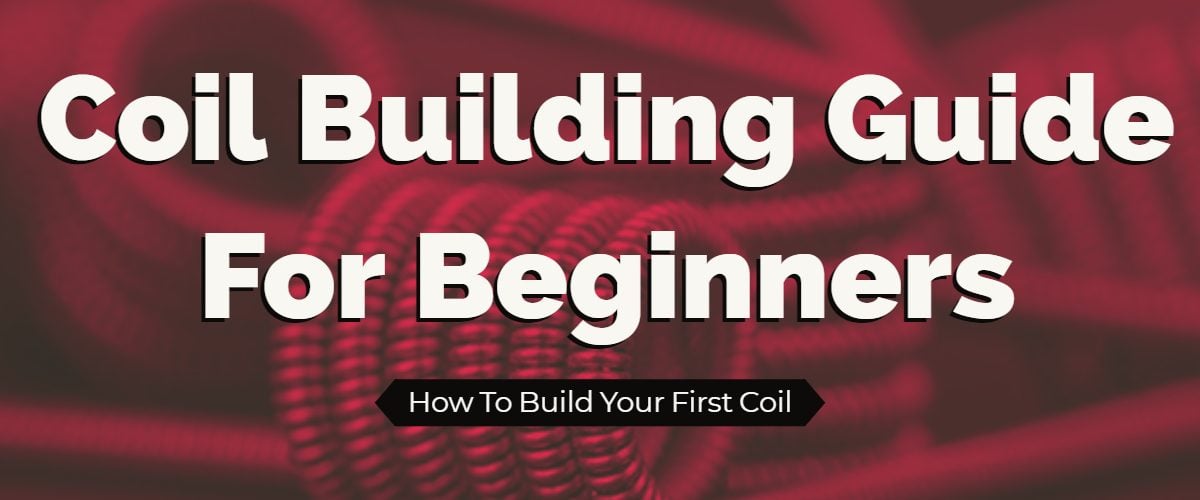


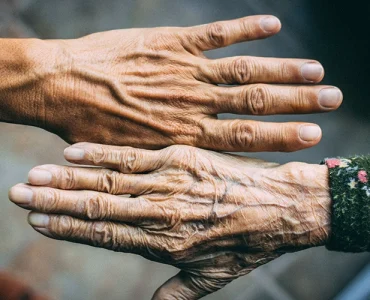


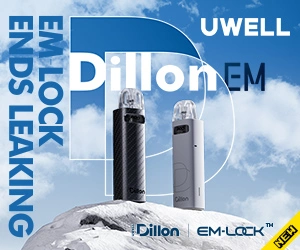

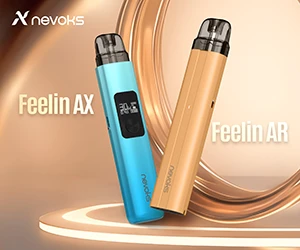
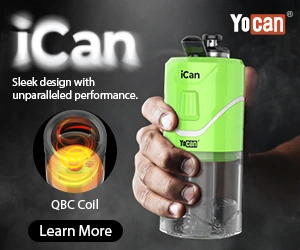
I am new to coil building and I would like to ask how many wraps I need to do for my coil there is 2 of them to do and the tank I am using is a creed and my mod is wismec gen3 plus the wire I have is a ka 24ga
Thanks for your time
Jimmt
Hey Jimmy!
The amount of wraps really depends on what you want the resistance of your coil to come out to.
For example, if you want to get a 0.30ohm resistance, which should be a good middle ground to test, you should do a single coil with 5 wraps. If you put in two coils with 5 wraps each using 24ga ka it’s going to be a pretty low resistance (around 0.15ohms) which I wouldn’t suggest for your first coil.
I would suggest getting some 28ga wire so that you can comfortably build a dual coil from 0.25ohm to 0.35ohm. This calculator really helps with figuring out the amount of wraps you’ll need to get your desired resistance: https://www.steam-engine.org/coil.html
Hope this helps!
This is such a great help. Ty. I have built quite a few single strand coils from 3 to 5 wraps. I have used several types and sizes of wire. But I have a question since I’m having so much fun doing this. Can I combine different types of wire to build a coil? Ie.. like using SS and kanthal ??
Thanks again for all your info